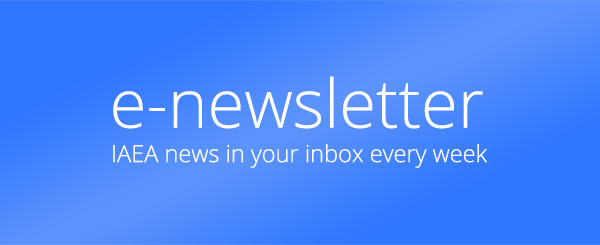Description
In 2004, the Indian Ocean Tsunami damaged several nuclear installations in India. In 2011, the Great East Japan Earthquake and Tsunami caused the Fukushima Daiichi nuclear accident. These events have focussed international attention on the importance of protecting nuclear facilities against such natural hazards. This IAEA Safety Report presents detailed methodologies and recent case studies for the design and safety assessment of coastal nuclear installations, especially with a view to providing defence in depth. It complements IAEA Safety Standards Series No. SSG-18, Meteorological and Hydrological Hazards in Site Evaluation for Nuclear Installations, published in 2011, by introducing the latest knowledge of tsunami and seiche hazards based on real major events and related data, and their effects on nuclear sites. This publication is designed to be of use for all IAEA Member States that have nuclear installations near their shorelines.
More Information on reusing IAEA copyright material.
Keywords
Safety Reports, Tsunami, Hazards, Site Evaluation, Nuclear Installations, Indian Ocean Tsunami, Great East Japan Earthquake, Fukushima Daiichi Nuclear Accident, Natural Hazards, Methodologies, Case Studies, Design, Safety Assessment, Coastal Nuclear Installations, Defence in Depth, Meteorological Hazards, Hydrological Hazards, Tsunami Hazards, Seiche Hazards, Major Events, Nuclear Sites, Shorelines, Safety Measures, Nuclear Power Plants, Natural Disasters, Tsunamis



